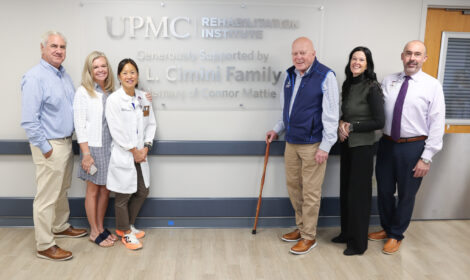How the end of Daylight Saving time affects your sleep and health

Kevin Kist
Each November, we “fall back” by setting our clocks one hour earlier as Daylight Saving Time ends. While gaining an extra hour of sleep may sound like a bonus, the shift can still disrupt your body’s internal clock, especially if you’re already sleep-deprived.
Our circadian rhythm, which regulates sleep and wake cycles, is influenced by light exposure. When the clocks change, our exposure to morning and evening light shifts, which can affect sleep quality, mood and alertness.
What to Expect
Even though we gain an hour, the earlier sunset can lead to:
— Increased feelings of fatigue or sluggishness.
— Difficulty falling asleep at your usual bedtime.
— Changes in appetite and mood, especially for those prone to seasonal affective disorder (SAD).
Tips to Adjust Smoothly
— Get morning sunlight: Exposure to natural light in the morning helps reset your internal clock. Try a morning walk or open your blinds early.
— Stick to a consistent sleep schedule: Go to bed and wake up at the same time each day, even on weekends, to help your body adjust.
— Limit evening light exposure: Reduce screen time before bed and use dim lighting to signal your body it’s time to wind down.
— Stay active: Regular exercise can improve sleep quality and help combat the sluggishness that often follows the time change.
Managing Seasonal
Affective Disorder
Seasonal Affective Disorder (SAD) is a type of depression that more commonly starts in the fall or winter, and often lasts until April or May. SAD affects about 5% of Americans, and it is four times more common in women than men. SAD is a subcategory of depression disorders, meaning symptoms of seasonal depression generally align with those under the broader depression umbrella. Symptoms include body aches, decreased activity level, fatigue and daytime sleepiness, irritability, trouble concentrating, and drastic changes in diet such as overeating or binge eating.
To manage SAD:
— Try light therapy: Use a light box that mimics natural sunlight for 20 to 30 minutes each morning.
— Stay social: Make time for friends and family, even if it’s virtual.
— Eat well: A balanced diet rich in fruits, vegetables and omega-3s can support mood.
— Seek help: It is important to remember that SAD is a form of depression. If you experience symptoms that are affecting your quality of life, talk to your primary care provider or a mental health professional as effective treatments are available.
Sleep and Mood Matter
Sleep and emotional health are deeply connected. If you’re struggling with sleep or seasonal mood changes, consider consulting a sleep or mental health specialist.
If you or someone you know has thoughts of suicide or self-harm, get help right away. You can call or text 988 for help. You can also reach mental health professionals online by chatting at 988Lifeline.org.
— — — —
Kevin Kist, D.O., specializes in pulmonology and is board-certified in critical care medicine, internal medicine and pulmonary disease by the American Osteopathic Board of Internal Medicine in addition to sleep medicine by the American Board of Sleep Medicine. He practices at both UPMC Pulmonology, 700 High St., Floor 2, UPMC Williamsport, and UPMC Sleep Center, 1100 Grampian Blvd., UPMC Williamsport Divine Providence Campus.



